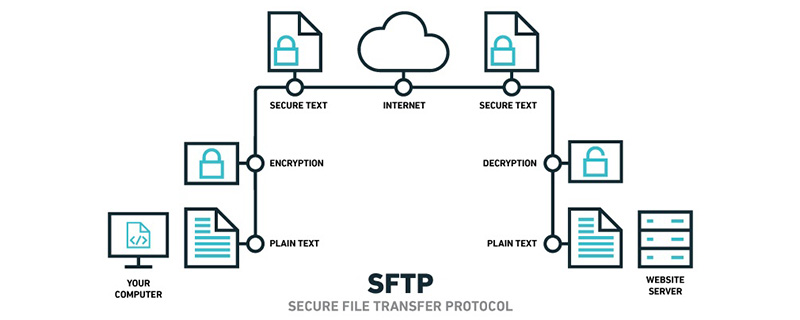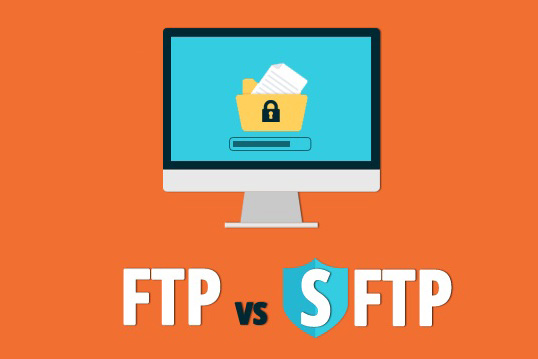 Operation and Maintenance
Operation and Maintenance
 Windows Operation and Maintenance
Windows Operation and Maintenance
 What is SFTP? What is the difference between
What is SFTP? What is the difference between
What is SFTP? What is the difference between
What is SFTP? This article will introduce SFTP to you and let you understand the differences between SFTP and FTP. I hope it will be helpful to you.

What is SFTP?
SFTP is a secure file transfer protocol, a secure method of transferring files over a network; it ensures that data is transferred securely using a private and secure data stream.
SFTP requires that client users must be authenticated by the server and data transfer must occur over a secure channel (SSH), i.e. no clear text passwords or file data are transferred. It allows various operations to be performed on remote files, somewhat like the Remote File System protocol. SFTP allows recovery from operations such as suspended transfers, directory listing, and remote file deletion.
Differences between SFTP and FTP

SFTP and FTP are very similar and both support batch transfers (Transfer multiple files at once), folder/directory navigation, file movement, folder/directory creation, file deletion, etc. But there are still differences. Let's take a look at the differences between SFTP and FTP.
1. Secure Channel
FTP does not provide any secure channel to transfer files between hosts; while the SFTP protocol provides a secure channel for transferring files between hosts on the network .
2. Protocol used
FTP uses TCP/IP protocol. However, SFTP is part of the SSH protocol, which is a remote login information.
3. Link method
FTP uses the control connection on TCP port 21 to establish a connection. However, SFTP is a secure connection established between the client and server through the SSH protocol (TCP port 22) to transfer files.
4. Security
FTP passwords and data are sent in plain text format and are not encrypted in most cases, so security is not high. However, SFTP will encrypt the data before sending it. It is transmitted in binary form and cannot be read "as is", so it is highly secure.
Summary: The above is the entire content of this article, I hope it will be helpful to everyone's study.
The above is the detailed content of What is SFTP? What is the difference between. For more information, please follow other related articles on the PHP Chinese website!

Hot AI Tools

Undresser.AI Undress
AI-powered app for creating realistic nude photos

AI Clothes Remover
Online AI tool for removing clothes from photos.

Undress AI Tool
Undress images for free

Clothoff.io
AI clothes remover

Video Face Swap
Swap faces in any video effortlessly with our completely free AI face swap tool!

Hot Article

Hot Tools

Notepad++7.3.1
Easy-to-use and free code editor

SublimeText3 Chinese version
Chinese version, very easy to use

Zend Studio 13.0.1
Powerful PHP integrated development environment

Dreamweaver CS6
Visual web development tools

SublimeText3 Mac version
God-level code editing software (SublimeText3)

Hot Topics
 1389
1389
 52
52

